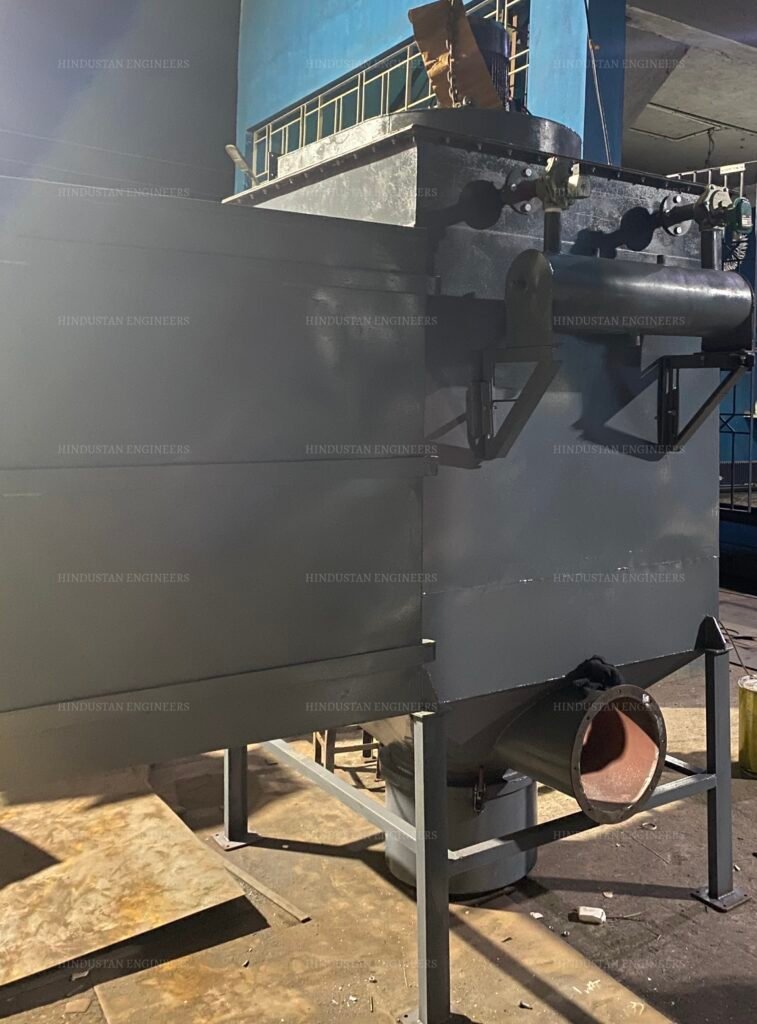A dust removal system, also known as a dust collection system or a dust extraction system, is designed to capture and remove dust and other airborne particles from the air in industrial settings. These systems are commonly used in industries such as woodworking, metalworking, construction, and manufacturing to improve air quality, protect worker health, and comply with environmental regulations.
A typical dust removal system consists of various components that work together to effectively capture and remove dust particles. The system starts with a capture device, such as a hood or an enclosure, which is placed near the source of dust generation to collect the airborne particles. The dust-laden air is then transported through a network of ductwork to a central collection point, often referred to as a dust collector. The ductwork must be properly designed to minimize airflow resistance and prevent dust buildup. At the dust collector, the dust is separated from the air using various mechanisms, such as filters, cyclones, or electrostatic precipitation. These mechanisms trap the dust particles while allowing the clean air to pass through. The collected dust is typically stored in a collection bin or bag for disposal or recycling. To further enhance the air quality, some dust removal systems incorporate a filtration system. This system uses filters, such as filter bags or cartridges, to capture finer dust particles that may have bypassed the initial dust collector. A fan or blower is an essential component of the dust removal system as it creates the necessary airflow to move the dust-laden air through the system1. The fan creates a negative pressure, pulling the air and dust from the capture devices, through the ductwork, and into the dust collector.
Modern dust removal systems often include control systems that monitor and regulate the operation of the system1. These controls can adjust fan speed, activate cleaning mechanisms for the filters, and provide alerts for maintenance or troubleshooting. When selecting a dust removal system, it is important to consider factors such as the type and size of dust particles, the volume of dust generated, the airflow requirements, and the specific needs of the industry or application1. Consulting with reputable manufacturers or suppliers can provide expert guidance on selecting the most suitable system for specific requirements.

